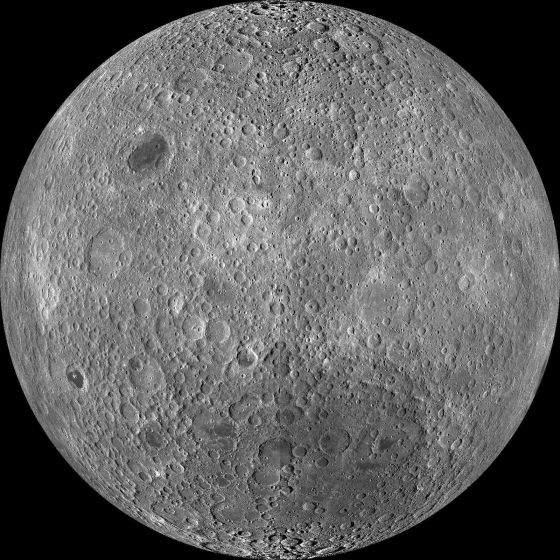The collision will occur on March 4 with the reverse side of the Earth satellite
VLADIVOSTOK, March 2. /tass/. Timur Nozdrachev, a student of the Institute of High-Tech Technologies and Advanced Materials of the Far Eastern Federal University (INTiPM FEFU), and scientists from the Institute of Applied Astronomy of the Russian Academy of Sciences (IPA RAS) as part of an international team predicted the fall of object WE0913A to the Moon. The collision will occur on March 4, 2022 with the reverse side of the Earth satellite, the press service of the university told TASS on Wednesday.
As specified in the press service with reference to experts of the Institute of High-Tech Technologies and Advanced Materials of the FEFU, the WE0913A object was identified as a spent rocket stage. Based on the results obtained, a group of scientists suggests that an impact on the surface of the Moon will occur at 12:34 (UTC), near limbo. This means that the column of dust that has risen due to the fall of the object can be observed from the Ground.
"According to our estimates, the WE0913A object will fall at a speed of 2,600 m/s, as a result of which the dust cloud can be seen even with the naked eye. A person can see up to the sixth magnitude, and this phenomenon has a second, so it will be possible to track it without binoculars or a telescope. At the moment, several research groups from observatories in Tajikistan, Slovakia and Italy are ready to observe this event," said Timur Nozdrachev, a fourth-year student of Theoretical Physics at the Institute of High Technologies and Advanced Materials of the FEFU, quoted by the press service.
It is noted that the event will be observed in the observatories of Tajikistan, Slovakia and Italy, residents of Omsk and Novosibirsk will see it without the use of special equipment. Scientists note that it is extremely rare to make such predictions. However, a ground-based study of the effects of an impact on an Earth satellite will provide an important result for a better understanding of the microphysical properties of the Moon's regolith, as well as the study of the projectile itself.
Far Eastern Federal University is actively involved in the development of space technologies. The Institute of High-Tech Materials and Advanced Technologies of FEFU performs a complex of research works in various areas that are integrated into the educational process. Also, the university develops youth engineering science and operates a Project Activity Center, on its basis a specialized cluster for the development of the space direction has been allocated. Students create control modules for small and ultra-small spacecraft, as well as build training rockets.

